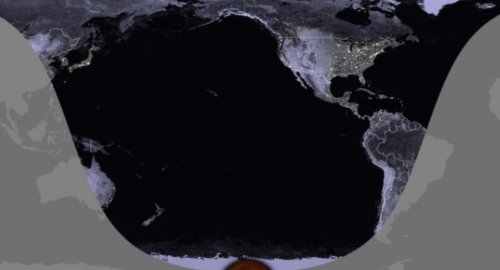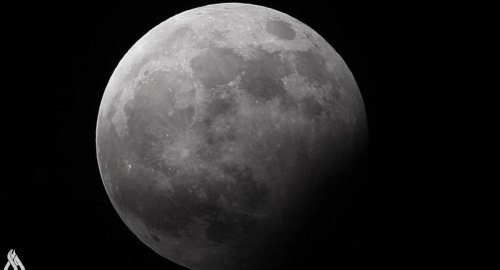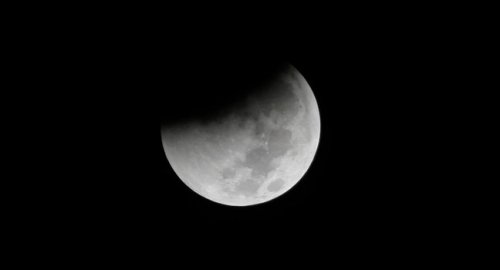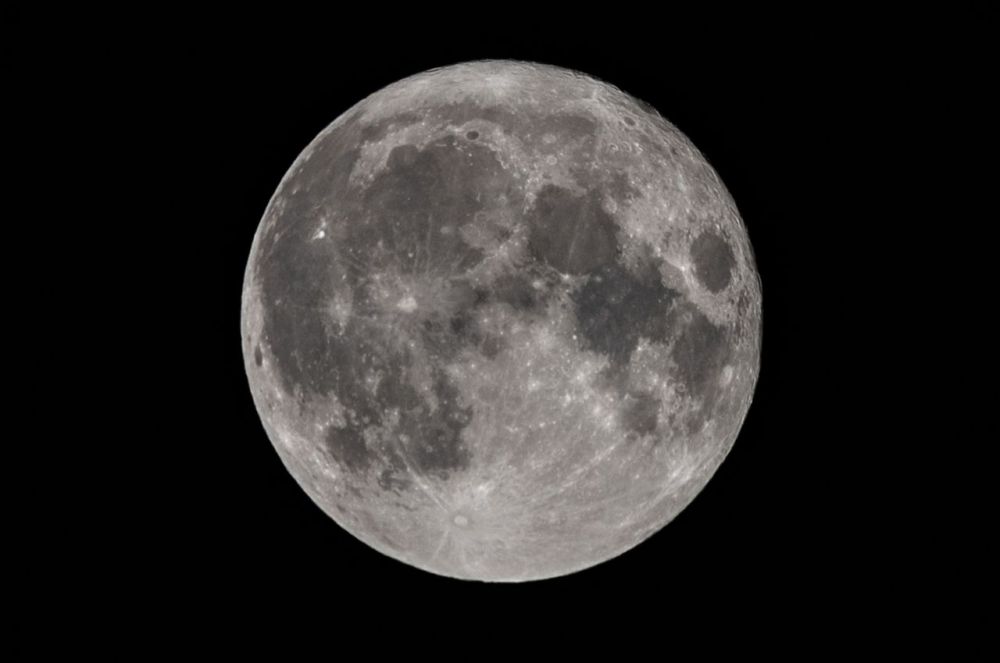
Beaver Moon lunar eclipse on Nov. 19 will be the longest of the century

- 15-11-2021, 22:01
INA - SOURCES
It will be the second lunar eclipse of 2021 and, in some ways, will be similar to the last one on May 26.
Most people in west America will again need to get up early and look low in the west toward daybreak. And again, the farther west you are the better, as the moon will appear much higher from the western part of the continent as opposed to locations farther to the east. It will also be the longest lunar eclipse in 580 years, lasting about 3 hours, 28 minutes and 23 seconds, and also the longest this century.
But in another way, it will be different. This lunar eclipse will fall just shy of being total; 97.4% of the moon's diameter will become immersed in the Earth's dark umbral shadow at maximum eclipse, leaving just the southernmost limb ever-so-slightly beyond the outer edge of the umbra.
As you watch the progress of the eclipse it appears that the Earth's shadow is creeping across the moon's face. But as you can see from the diagram, it's really the moon that is doing the creeping.
As it moves in its orbit around the Earth, the moon moves from west to east (right to left) through the Earth's shadow. The Mercator map shows that those near the West Coast will see the maximum phase of the eclipse happen high in a dark sky long before sunrise.
Skywatchers farther east will find the moon sinking lower toward the west around mid-eclipse.
Because the moon will arrive at apogee — the farthest point in its orbit from Earth — on Nov. 20, it will also be moving at its slowest speed in its orbit. That's why it will seem to move at an almost "leisurely pace" through the Earth's shadow, taking over 100 minutes from the time of first umbral contact to the time of greatest eclipse, and vice versa (greatest eclipse to last umbral contact).
PM Al-Sudani arrives in Nineveh
- politics
- 10:17
China Says It 'Firmly Opposes' US Military Aid To Taiwan
- International
- 07:36
First joint picture of Greenland Ice Sheet melting, ESA
- Multimedia
- 09:28
US Central Command: We killed ISIS terrorist leader Abu Yusuf in Syria
- International
- 24/12/20
Liverpool compete with Real Madrid to sign Olympique Lyonnais star
- Security
- 24/12/19
ISC, ADX discuss Strengthening Economic Ties
- Economy
- 24/12/16
Iraq assumes presidency of Arab Investment Company’s Executive Board
- Economy
- 24/12/17












